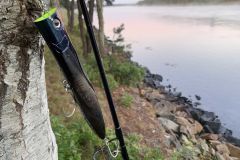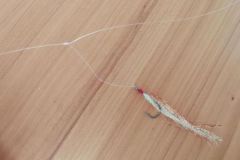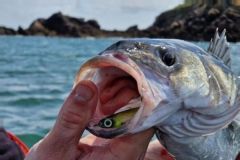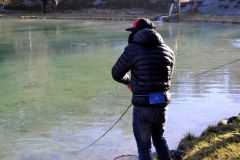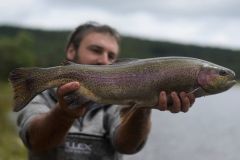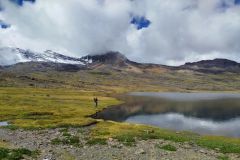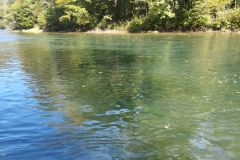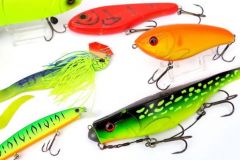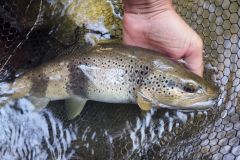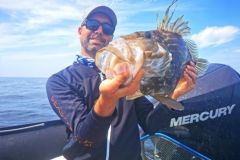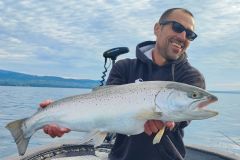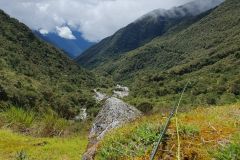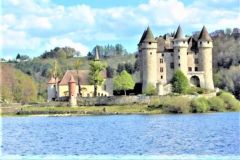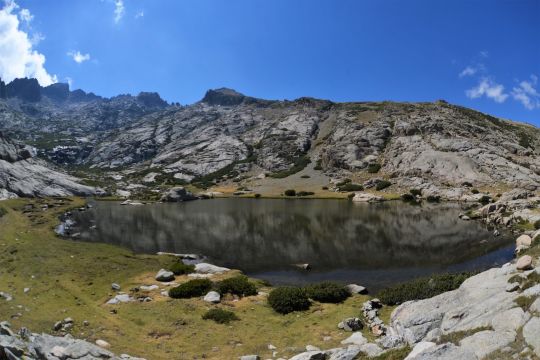
The high-altitude lake
A high-altitude lake is a lake located in the mountains at an altitude of at least 1,400 meters. It may be a natural lake, dating from the Ice Age (the ice melted in a basin forming a lake), or a man-made lake where a dam impedes the flow of accumulated water. Most of these lakes are ice-covered in winter, and the water is extremely cold. Only salmonids and minnows survive in these extreme conditions. When the waters are ice-free, they offer prime fishing spots, often less fished than lowland lakes. The fishing window can be very short, as some lakes only thaw out in June or July, depending on their altitude! These lakes can offer some fine specimens, both in size and color, but they have to be earned...
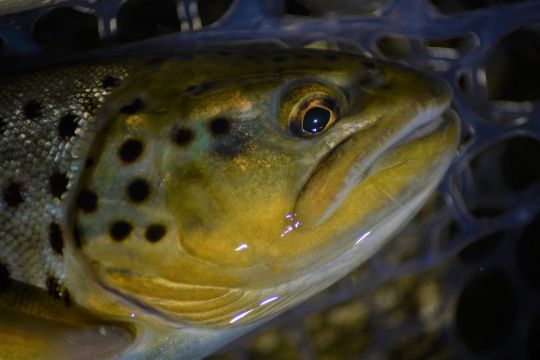
Fishing at altitude
With the exception of a few rare lakes accessible by road, the vast majority of high-altitude lakes require a hike, of varying length, before offering their fish to anglers. Hiking requires appropriate equipment. Before you even think about catching fish, you'll need to organize your hike carefully. In summer, remember to take enough water, sun cream, a cap, sunglasses, a rain jacket and the minimum safety equipment.
We'll adapt to the difficulty of the walk, its length and the difference in altitude. The Internet provides a wealth of information on hikes, their difficulty and the right equipment. You'll need to prepare carefully and know your physical potential so as not to aim too high in every sense of the word...
Preparing your fishing tackle
Lure fishing is particularly useful in high-altitude lakes. You can gather your lures in a small box, take a spool of nylon line for the leaders, a pair of pliers, a landing net... All you need to carry is your rod and reel. Some lakes keep their secrets, but most of the time, thanks to the Internet once again, it will be fairly easy to find the species to target. One of the particularities of alpine lakes is that you can find a wide range of salmonid species: brown trout, rainbow trout, brook trout, arctic char, cristivomer...
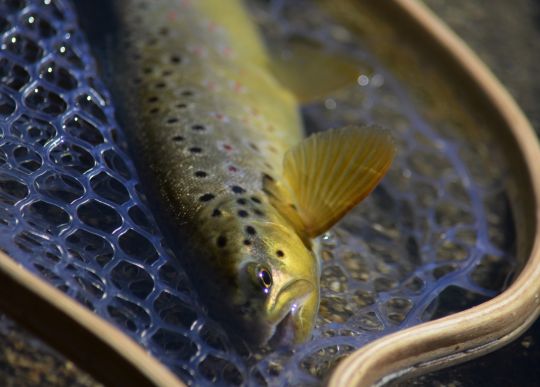
Hard and soft lures
To make the most of these lakes, we'll use a range of small, dense lures that are easy to cast. You'll also want lures that can fish all layers of water, from the surface to the bottom. Fish can feed at all depths and it would be a shame, after a long hike, to miss out on your catch because you haven't been able to adapt properly.
Wobbling spoons (Illex Native Spoon), in 3.5, 5 and 7g, are particularly suited to a wide range of configurations. Small casting jigs (Illex Micro Slow Lazy jig) allow you to fish far and deep, even in strong winds, which are quite common at altitude. Sinking or suspending swimmers or spinners can be used to fish shallower areas where fish are obviously on the prowl.
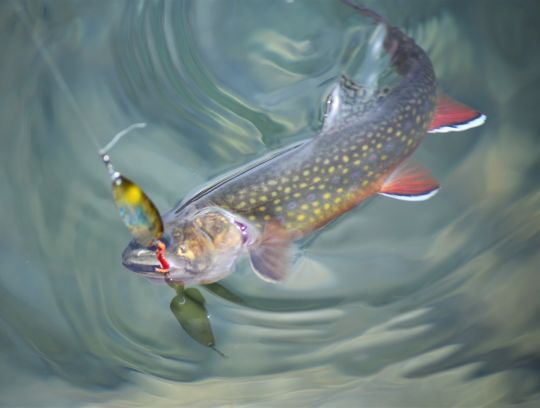
Finally, a few small "shad", "finesse" or "creature" type soft lures (Illex Magic May fly) work wonders when you need to offer a slightly more feeding approach and fish more slowly for apathetic fish. As a general rule, the larger and deeper the lake, the greater the chance of encountering large specimens. So don't forget to take a few larger, heavier lures, a leader and a rod of suitable power.
Choice of cane
A 1.80 m to 2.20 m sensitive rod with UL (Ultra light) to ML (Medium light) power will allow you to fish far away and will be light and compact. A reel size 1000 to 2500, fitted with PE 0.4 to PE 0.8 braid or 12/100 to 18/100 nylon is ideal.
Take the time to observe
Once in the water, take a few moments to observe your surroundings and the few fish that may be marauding in the crystal-clear waters. Subtle sight fishing can be a lot of fun. If the fish aren't visible at the edge, you'll have to comb different areas at different depths before finding the one that provides the most bites.
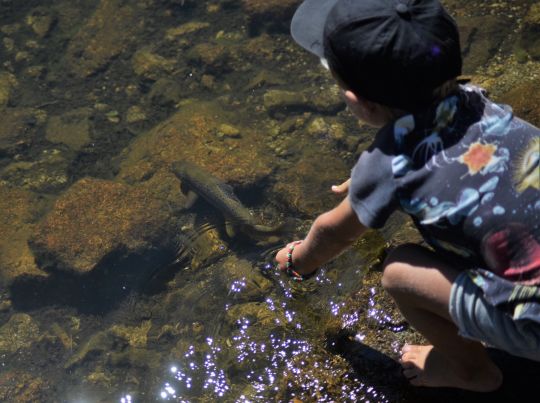
Most of these lakes are untouched and fishing pressure is relatively low, due to the more or less strenuous walks required to fish them. So remember not to overdo it, and release as much of your catch as possible to keep these little paradises alive.

 /
/ 






